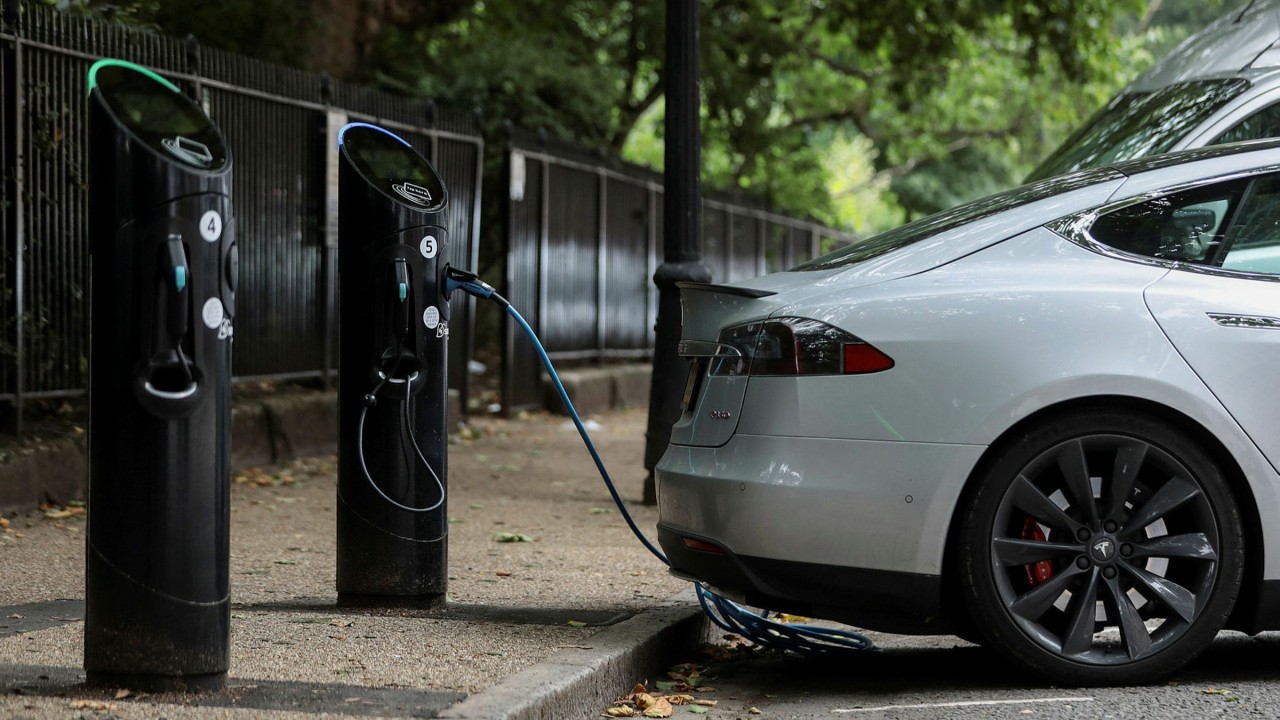America is Missing Out on the Biggest EV Boom

The world is experiencing an electric vehicle (EV) revolution, with countries around the globe embracing the shift towards sustainable transportation. However, it seems that America, once at the forefront of technological advancements, is missing out on the biggest EV boom. While other nations are investing heavily in EV infrastructure and incentivizing consumers to make the switch, the United States lags behind. This article will explore the reasons behind America’s slow adoption of EVs and discuss the potential consequences of this missed opportunity.
1. Lack of Government Support
One of the primary reasons for America’s slow progress in the EV market is the lack of comprehensive government support. Unlike countries such as Norway and China, where generous subsidies and tax incentives have encouraged consumers to embrace EVs, the United States has failed to implement similar policies at a federal level. While some states offer incentives, they are often limited and vary widely, leading to confusion among potential buyers. Without consistent and substantial support from the government, many Americans remain hesitant to invest in electric vehicles.
Another aspect of government support that America lacks is a robust charging infrastructure. Charging stations are essential for long-distance travel and provide peace of mind to EV owners. Unfortunately, the United States has not made significant progress in expanding its charging network. This lack of infrastructure makes it inconvenient for potential buyers who worry about running out of power during their journeys. To catch up with other countries, America needs to invest in a nationwide charging network that is easily accessible and reliable.
2. Dominance of Fossil Fuel Industry
The dominance of the fossil fuel industry in America poses another significant obstacle to the widespread adoption of EVs. For decades, oil and gas companies have held immense political influence, making it challenging for alternative energy sources to gain traction. The lobbying power of these industries has resulted in policies that favor fossil fuels over clean energy alternatives. As a result, the transition to EVs has been slower in the United States compared to countries where the fossil fuel lobby has less influence.
Moreover, the American automotive industry has deep ties with the fossil fuel industry. Many major car manufacturers have long-standing relationships with oil companies, which can hinder their commitment to transitioning to electric vehicles. While some automakers have introduced EV models, their production and marketing efforts still heavily favor traditional internal combustion engine vehicles. Breaking free from these ties and embracing EVs wholeheartedly is necessary for America to catch up with the global EV boom.
3. Perception and Misconceptions
Another factor contributing to America’s slow adoption of EVs is the perception and misconceptions surrounding electric vehicles. Many Americans still associate EVs with limited range and long charging times, despite significant advancements in technology. While it is true that early EV models had these limitations, modern electric vehicles can travel hundreds of miles on a single charge and can be charged relatively quickly at fast-charging stations.
Additionally, there is a misconception that EVs are more expensive than traditional vehicles. While the upfront cost of an EV may be higher, the long-term savings on fuel and maintenance can offset this difference. However, without proper education and awareness campaigns, these misconceptions persist, deterring potential buyers from considering electric vehicles as a viable option.
4. Missed Economic Opportunities
By lagging behind in the EV market, America is not only missing out on environmental benefits but also economic opportunities. The shift towards electric vehicles presents a chance for job creation and economic growth. Countries like China have recognized this potential and are investing heavily in EV manufacturing and battery production. By failing to seize this opportunity, America risks losing its competitive edge in the global automotive industry.
Moreover, the demand for lithium-ion batteries, a crucial component of EVs, is expected to skyrocket in the coming years. Currently, China dominates the battery market, leaving America dependent on imports. By investing in domestic battery production, the United States could not only reduce its reliance on foreign sources but also create jobs and boost its economy.
Conclusion:
While the world embraces the electric vehicle revolution, America is missing out on the biggest EV boom. The lack of government support, the dominance of the fossil fuel industry, misconceptions surrounding EVs, and missed economic opportunities all contribute to this slow progress. To catch up with other nations and secure a sustainable future, America needs to prioritize the transition to electric vehicles by implementing comprehensive policies, investing in charging infrastructure, and promoting awareness among consumers. By doing so, America can regain its position as a leader in technological advancements and reap the environmental and economic benefits of the EV revolution.






